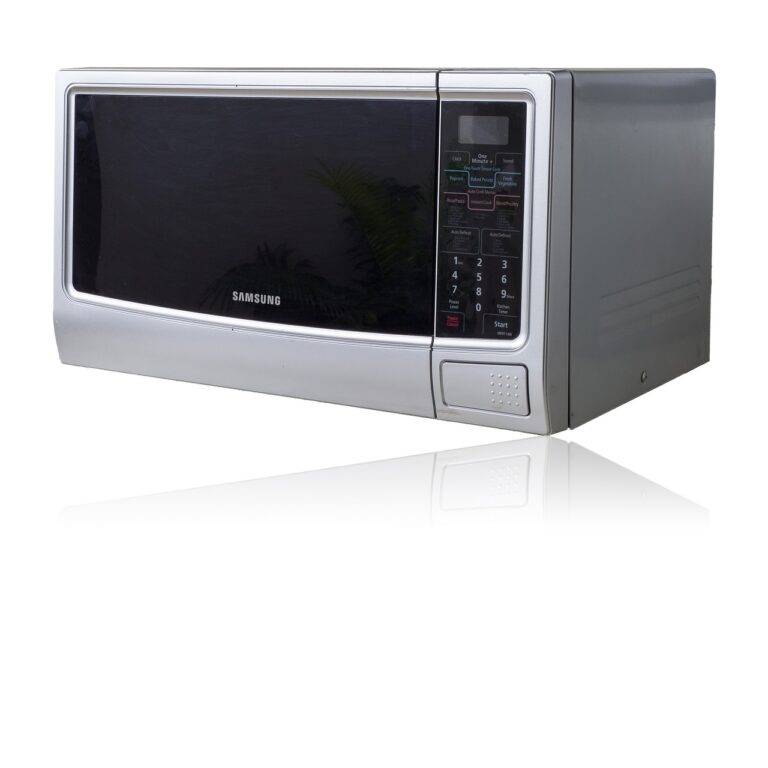The Future of Wearable Technology: Market Projections
Wearable technology has emerged as a significant trend in the consumer electronics industry, offering users innovative ways to track fitness, monitor health, and stay connected on the go. This article explores market projections for the future of wearable technology, including growth trends, key drivers, and potential applications.
Growth Trends
The wearable technology market is poised for significant growth in the coming years, driven by several key factors:
- Advancements in Technology: Continuous advancements in sensors, miniaturization, battery life, and connectivity are expanding the capabilities and functionality of wearable devices, driving adoption among consumers.
- Health and Wellness Focus: Growing health consciousness and the desire for personalized wellness solutions are driving demand for wearable devices that track fitness, monitor health metrics, and provide actionable insights to users.
- Integration with Smartphones and IoT: Wearable devices are increasingly integrated with smartphones and IoT ecosystems, enabling seamless connectivity, data sharing, and interoperability with other smart devices and services.
- Expanded Use Cases: Wearable technology is finding applications beyond fitness and health, including in industries such as healthcare, sports, entertainment, fashion, and enterprise, driving demand for specialized devices and services.
Key Drivers
Several key drivers are expected to fuel the growth of the wearable technology market:
- Consumer Demand: Growing consumer demand for wearable devices that offer convenience, functionality, and style is expected to drive adoption across various demographic segments and use cases.
- Healthcare Applications: Wearable technology has significant potential in healthcare for remote patient monitoring, chronic disease management, eldercare, and preventive health, driven by aging populations, rising healthcare costs, and advances in healthcare IT.
- Technological Innovation: Ongoing technological innovation in areas such as sensors, materials, AI, machine learning, and augmented reality (AR) is driving the development of new wearable devices and applications with enhanced features and capabilities.
- Regulatory Support: Regulatory support and industry standards for wearable technology, including data privacy, security, and interoperability, are essential for fostering consumer trust, ensuring safety, and driving market growth.
Potential Applications
The future of wearable technology holds promising applications across various sectors:
- Healthcare and Fitness: Wearable devices will continue to play a crucial role in healthcare and fitness, enabling remote monitoring, personalized coaching, early detection of health issues, and adherence to treatment plans.
- Augmented Reality (AR) and Virtual Reality (VR): Wearable AR and VR devices offer immersive experiences in gaming, entertainment, education, training, and visualization, driving demand for headsets, smart glasses, and other AR/VR wearables.
- Smart Clothing and Fashion: Wearable technology is converging with fashion to create smart clothing and accessories that integrate sensors, electronics, and connectivity for health monitoring, fitness tracking, and personalized style.
- Enterprise and Industry: Wearable devices have applications in enterprise and industry for workforce productivity, safety, training, and collaboration, including smart glasses, wearable cameras, and biometric authentication.
Market Projections
Market projections for the future of wearable technology indicate continued growth and innovation:
- Revenue Growth: The global wearable technology market is projected to reach significant revenue figures, driven by increasing adoption, expanding use cases, and technological advancements.
- Market Segmentation: Wearable technology markets are expected to diversify and expand, with growth opportunities in segments such as smartwatches, fitness trackers, healthcare wearables, smart clothing, AR/VR devices, and enterprise wearables.
- Regional Dynamics: Market growth for wearable technology is expected to vary by region, with emerging markets in Asia-Pacific, Latin America, and Africa experiencing rapid adoption and mature markets in North America and Europe driving innovation and market consolidation.
Conclusion
The future of wearable technology looks promising, with continued growth, innovation, and diversification in applications and markets. As technology advances, consumer demand evolves, and regulatory frameworks develop, wearable devices will play an increasingly integral role in healthcare, fitness, entertainment, fashion, enterprise, and industry, shaping the way we live, work, and interact with technology.
FAQs
Q: What is driving the growth of the wearable technology market?
A: The growth of the wearable technology market is driven by advancements in technology, growing health and wellness focus, integration with smartphones and IoT, and expanded use cases across various industries.
Q: What are the key drivers of the wearable technology market?
A: Key drivers of the wearable technology market include consumer demand, healthcare applications, technological innovation, and regulatory support for data privacy, security, and interoperability.
Q: What are some potential applications of wearable technology?
A: Potential applications of wearable technology include healthcare and fitness monitoring, augmented reality (AR) and virtual reality (VR) experiences, smart clothing and fashion, and enterprise and industry solutions for productivity, safety, and collaboration.
Q: What are the market projections for the future of wearable technology?
A: Market projections for the future of wearable technology indicate continued growth, revenue expansion, market segmentation, and regional dynamics, driven by increasing adoption, expanding use cases, and technological advancements.





